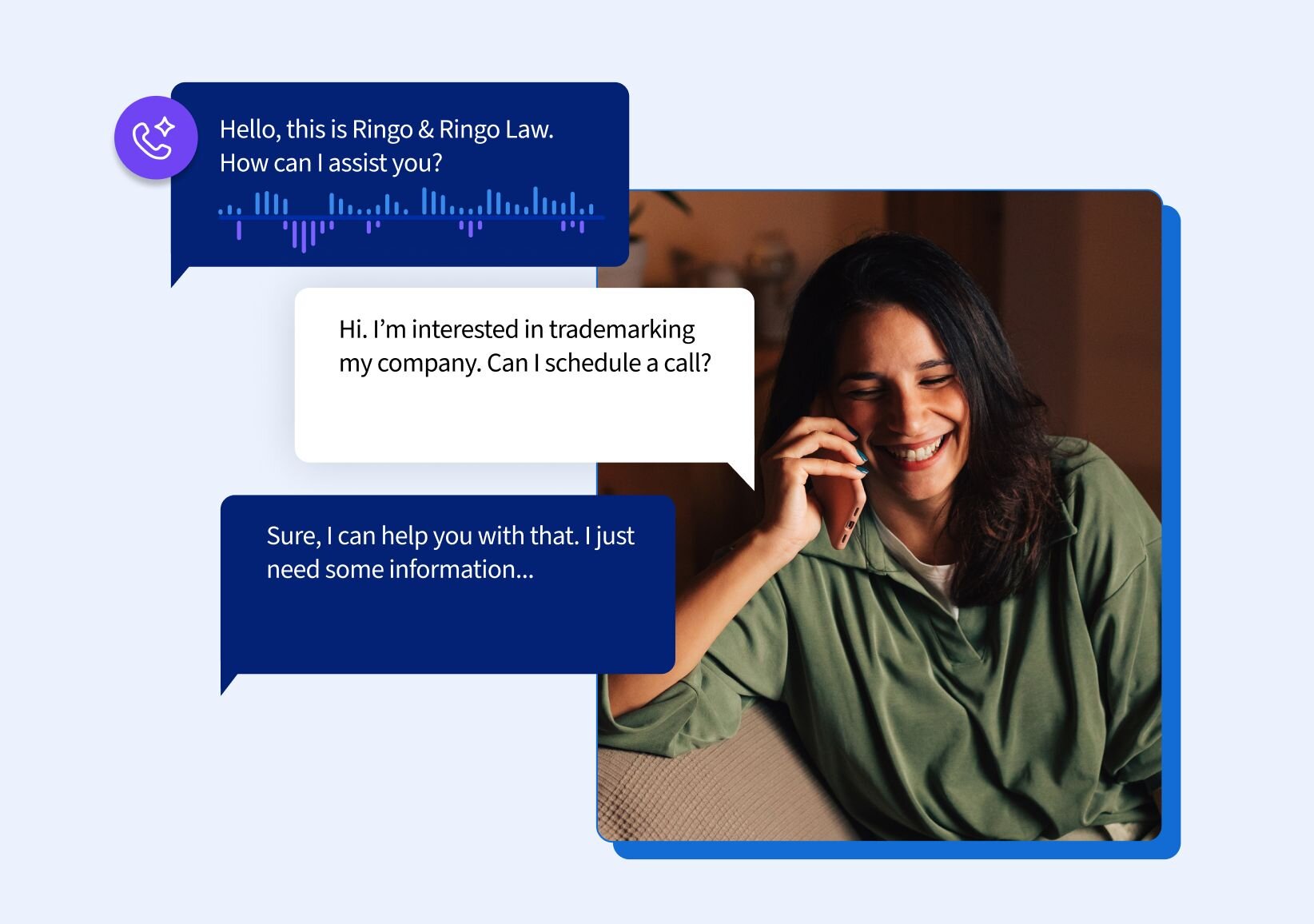The stakes of not reaching those struggling with mental health and addiction are higher than ever. Over 20% of all American adults reported living with a mental illness, and more than half of those individuals never receive treatment, according to the American Psychiatric Association.
Stigma plays a major role in keeping people from seeking the help they need.
That’s why rehab marketing carries a unique responsibility. It’s not just about reaching the right audience — it’s about doing so with empathy, discretion, and trust. To truly connect with potential patients, your strategy must go beyond promotion and speak to real human concerns.
Address patients’ common concerns with helpful blog articles
With the stigma surrounding mental health, many prospective patients are reluctant to speak to others about the challenges they’re going through. Blog posts provide potential and current patients with a means of privately learning about your services.
Your blog’s main focus should be on providing valuable information that builds trust in your organization. Offering helpful information in your blog posts helps generate organic website traffic while strengthening credibility and connection with your audience.
Potential blog topics could include resources for family members of those needing treatment or objections to seeking treatment. Posts like these help break down the barriers to treatment and show that you are empathetic to your patients’ concerns.
Jot down an objective for each post. For example, “This post will help patients acknowledge their addiction,” or “This post will equip loved ones to have a conversation with someone needing treatment.” Once you have a clear objective, make sure the information you provide in your article fully answers that objective, not only addressing it but also providing clear steps on how to achieve it.
Increase your blog’s reach with smart SEO strategies
As you write your blog articles, you need to optimize the content for search so it reaches your patients.
Search engine optimization, or SEO, is a strategy to help make your website and blog content more visible in search engine results for people searching with keywords related to the topics you’re writing about. To ensure your blog is getting read, you’ll want to focus on SEO to encourage first-page rankings.
Search engines deliver results based on algorithms that consider several factors. One ranking element is the placement of keywords in content. You can use programs like Google Ads to list the common keywords your potential patients are searching for and include them in your posts.
A recent analysis of 1.1 million leads across seven key industries conducted by CallRail helps shine a light on which channels produced the most conversations from potential customers. When looking at the healthcare sector, Google Ads leads the way, producing 34% of inbound conversations, but Organic Search (25%) and Google My Business (25%) also play significant roles. This means a well-rounded approach for treatment centers includes paid ads, SEO, strong search presence, and local search optimization, which is essential for maximizing inbound inquiries.
Local SEO is also a piece of the SEO puzzle — it’s the geographic layer for a search result to turn up the most relevant results for the searcher. For example, the results of a search won’t be the same for “rehab center near me” in Philadelphia and Honolulu. To optimize for local SEO, you need to geographically place your company in a neighborhood, city, or state on the leading platforms: Google My Business, Yelp, and local treatment center directories.
As another source of keywords or phrases, think about what questions are often asked about a specific mental illness or substance use disorder. Research specific links of what's already written near the top of search results, and identify if they’re missing any crucial information.
To research keywords you want to match, the keyword research tools to use (if you don't already use them) are SEMrush, Ahrefs, and Moz. To source keyword themes and phrases from your patient conversations, CallRail's Premium Conversation IntelligenceTM uses AI tools to provide our customers with crucial information about trending keywords and phrases in their customer conversations.
Could you fill in the gaps with future content? Is there more to add to the discussion? By fully covering a topic, and answering frequently asked questions, you're working to become an authority on the subject while building trust with your audience and search engines. This is critical for SEO.
SEO can take some practice to get right. Thankfully, the internet is full of guides to help you use this content strategy, like our own guide to the new rules of SEO.
Connect with future and past patients on social media
If you want to build trust with potential patients, they need to feel like you understand them and see that you’ve helped others just like them.
Social media is a great platform for this social proof dynamic — using the referrals and success stories of others to build trust in your product. It’s a tried-and-true marketing technique that has powerful results. Video content on social media may be particularly important, as a recent study conducted by BrightLocal found over three-quarters of US customers consume video content when looking for information about local businesses.
Use social media platforms, like Facebook, Instagram, and X (formerly Twitter), to share success stories from past patients and repost positive reviews. These real-person endorsements can increase conversions by as much as 34%. Still, you also need to be careful to protect patients’ privacy. For example, if you have a great testimonial from a past patient, you could make an image with the testimonial on it and attribute the quote to just “Lisa N.” for anonymity.
If you have outspoken past patients who have already posted publicly about their experiences, consider reaching out to see if they would be comfortable doing a video interview. It can really help build trust to hear from real program participants. Regardless of which method you choose, patient confidentiality and privacy have to remain your top concern.
You can also use social media to learn from past patients to continually improve your offerings. Consider starting an alumni Facebook group to stay in touch with your graduates.
The power of the Facebook group serves several purposes: first, it gives you a sounding board to learn from past experiences. You can post in the group to get feedback on which programs residents found especially impactful, or to survey which ad campaign most inspired patients to join your program. Second, you can also use alumni organic discussions to keep tabs on what kinds of resources graduates are looking for once their treatment is over. All this information can be used to inform your future marketing efforts.
Finally, a Facebook alumni group allows you to see the positive outcomes of your program and continue to provide support where it’s needed. Continued support is key to setting your patients up for long-term success, and successful patients are more likely to encourage others to seek treatment.
Stay connected to alumni
Email is a great way to attract new patients and continue offering support to former patients. Add those patients to an alumni email newsletter to keep them involved in the organization, offer continued support, and help generate referrals.
With an alumni newsletter, you’re helping past patients work toward recovery. American Addiction Centers cites getting recovered patients involved in a long-term support community as one element of rehab success. Having an open forum that encourages alumni involvement and discussion helps keep alumni accountable and connected to others who share their struggles.
While your potential patient newsletter may have links to relevant blog posts about seeking treatment, overcoming stigma, and paying for rehab, focus your alumni newsletter on continuing support resources. For example, you might share a listing of the names of local post-rehab support groups and the days and times they meet, post continual links and invites to the alumni Facebook community, or share helpful articles that focus on next steps after rehab.
Build strategies to connect with patients compassionately
It often takes five marketing emails to reach a prospect. But in rehab marketing, the stakes for reaching prospects are about so much more than making a sale.
Develop email newsletter campaigns that consistently deliver relevant, relatable, and encouraging information to potential patients. Always include a dedicated form or phone number in these emails so that seeking help is as easy as possible.
When prospective patients follow up, managing their personal information can be tricky. Rehab marketing isn’t straightforward — the information-gathering and buying cycle of the audience is varied, and expressing interest in rehab services holds a different weight than just registering to receive a regular email newsletter or making a first inquiry over the phone. In addition, you will need to ensure all email and call inquiries you receive remain HIPAA compliant to ensure a layer of security is in place to keep prospective patient’s confidential information secure.
To garner leads compassionately, you might offer free tours for potential patients and their families and require an email address to reserve a space. You could also set up landing pages through your social media accounts and websites that ask visitors for an email address to receive a PDF booklet about your services. Finally, if your blog delivers valuable information, you can begin leaving an opt-in link at the end of your articles so readers can be alerted by email when there are new posts.
Walk the talk with offline community involvement
There’s no doubt that the internet has changed the landscape of rehab marketing. But sometimes, there’s no substitution for real, honest, face-to-face human connection to build brand awareness in your community.
Don’t just say you care about patients. Show it. You may choose to sponsor local drug and mental health recovery events, speak at local conferences, or donate to halfway houses and local rehab support groups. Consider networking with local teen programs, giving presentations at local high schools and colleges, and looking for partnership opportunities with community counselors.
Staying visible in your community is about more than building a good reputation. It reminds potential patients that you’re around and gives them another opportunity to connect with your program.
Reach more patients by tracking rehab marketing
Once you implement these marketing tips, track your campaign’s results to see which tactics resonate with your potential patients.
To get started, consider a platform like CallRail to confidently track calls, form fills, and keep track of each contact and its history. Call Tracking helps you identify the marketing campaign or lead source that brought a lead to you. Form Tracking then links your call tracking data to your leads’ interactions with your practice online.
Premium Conversation Intelligence allows for systematic learning from your calls through AI to improve the customer experience, while Convert Assist will enhance this learning with detailed action plans for what you need to do after a call as well as providing automated follow-up emails and texts based on the conversation. It even provides ongoing coaching to help your team continuously improve their ability to convert patients over time.
Finally, business text messaging ensures you can respond to leads instantly. The tool allows your team to track and engage with your highest-quality text leads while also allowing for auto-responses when you are not available. This ensures a seamless and integrated experience for your patients, regardless of how they prefer to communicate.
Ready to help more patients today? Check out CallRail’s offerings with our 14-day free trial.
Disclaimer: This content is based on aggregated and deidentified data and is provided for informational purposes only. To ensure the privacy of our business customers and comply with applicable data protection regulations, the analysis and insights presented herein are derived solely from deidentified data, excluding any sensitive or protected information as defined by privacy laws and regulations such as GDPR, CCPA, and HIPAA. This report aims to provide a comprehensive overview of market trends without compromising individual privacy. Any reliance on the information presented in this report is at the user’s own risk, and we disclaim any liability for decisions made based on this report.











